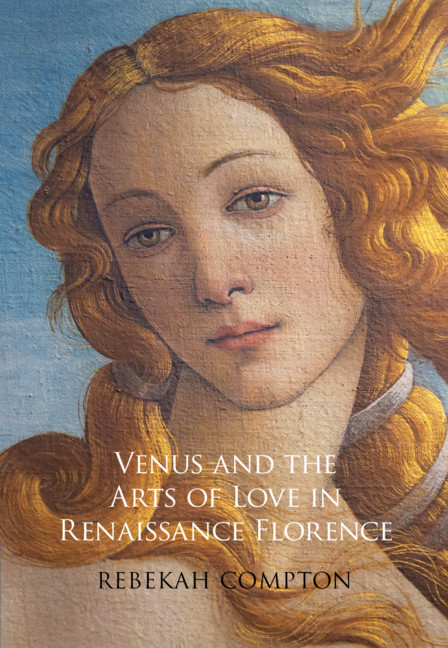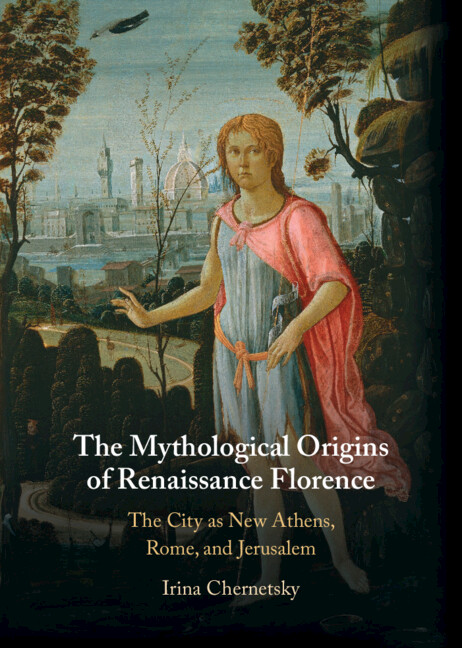The Villa Farnesina
The frescoes of Peruzzi, Raphael and Sodoma still dazzle visitors to the Villa Farnesina, but they survive in a stripped-down environment bereft of its landscape, sealed so it cannot breathe. Turner takes you outside that box, restoring these canonical images to their original context, when each element joined in a productive conversation. He is the first to reconstruct the architect-painter Peruzzi's original, well-proportioned, well-appointed building and to re-visualize his lost façade decoration‒erotic scenes and mythological figures who make it come alive and soar upward. More comprehensively than any previous scholar, he reintegrates painting, sculpture, architecture, garden design, topographical prints and drawings, archaeological discoveries and literature from the brilliant circle around the patron Agostino Chigi, the powerful banker who 'loved all virtuosi' and commissioned his villa-palazzo from the best talents in multiple arts. It can now be understood as a Palace of Venus, celebrating aesthetic, social and erotic pleasure.
- The first comprehensive study in English of the Villa Farnesina
- Thoroughly researched, this book examines almost every document, drawing and published source on the topic
- Includes abundant visual documentation drawing on some ninety-five sites, museums, libraries and private art collections – some images never published before
Awards
Winner, 2023 PROSE Art History and Criticism Award, Association of American Publishers
Reviews & endorsements
‘This book is an absolute masterwork, impeccably and exhaustively researched, the material interpreted with wide and deep expertise filtered through the inspired genius of both the author and his protagonists, and the whole account beautifully written and easy to follow. It is a perfect match of scholar and subject.’ Ingrid Rowland, University of Notre Dame
‘This volume is one of the single most important works in the field of Renaissance Studies to come along in some time. The book promises to be the locus classicus for all future studies of Chigi’s villa, the art that adorns it, and the world in which it was made.’ Paul Barolsky, University of Virginia
'… to recreate a largely vanished masterpiece of Renaissance architecture, painting and stucco in such detail, with diligent research fleshed out here and there by intelligent speculation and acute insight, is an achievement in itself. The Villa Farnesina is … a model of scholarly practice, lucidly written.’ Keith Miller, The Times Literary Supplement
‘James Grantham Turner’s magisterial study The Villa Farnesina: Palace of Venus in Renaissance Rome captures the project’s intimate link with fantasy from the very moment of its conception…. With its lavish color illustrations, The Villa Farnesina is a thing of beauty appropriate to its subject and Turner’s passion for it.’ Ingrid Rowland, New York Review of Books
‘… an important intervention in the study of a building that is so central to understanding Rome in the early sixteenth century. A useful tool for scholars and students alike, this book will not only help us better understand the Farnesina as a collective whole. Rather, it will give us a fuller understanding of where patrons like Chigi, architects like Peruzzi, and artists like Raphael fit into the intellectual, cultural, and artistic milieux of sixteenth-century Rome thanks to Turner’s systematic dive into one of the treasures of the Roman Renaissance.’ Robert Clines, Renaissance and Reformation / Renaissance et Réforme
‘Turner’s Villa Farnesina, then, is an important intervention in the study of a building that is so central to understanding Rome in the early sixteenth century. A useful tool for scholars and students alike, this book will not only help us better understand the Farnesina as a collective whole. Rather, it will give us a fuller understanding of where patrons like Chigi, architects like Peruzzi, and artists like Raphael fit into the intellectual, cultural, and artistic milieux of sixteenth-century Rome thanks to Turner’s systematic dive into one of the treasures of the Roman Renaissance.’ Robert Clines, Renaissance and Reformation
Product details
January 2023Hardback
9781316511015
516 pages
286 × 223 × 35 mm
2.08kg
Available
Table of Contents
- Introduction
- 1. 'Antique' Imagination and the Creation of the Villa-Palazzo: Origins and Precursors
- 2. The Stanza del Fregio and Peruzzi's first architectural wall-painting
- 3. The Lost Façade-Paintings: 'Di terretta con storie di man sua, molto belle'
- 4. 1512 Overtures: The Villa, the Landscape Architecture and the Literature of Celebration
- 5. The Second Phase, 1518-1519: The 'Hall of Perspectives', the Nuptial Suite and the Loggia di Psiche.






